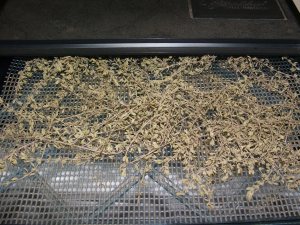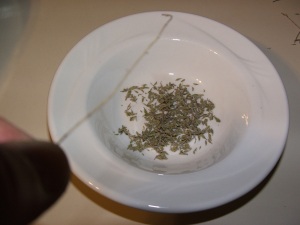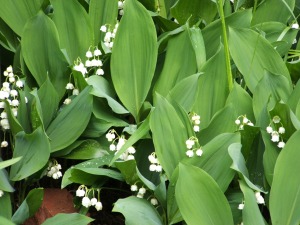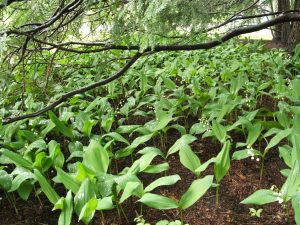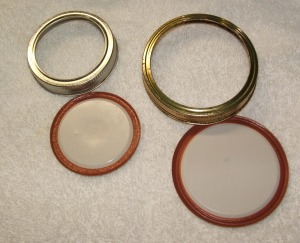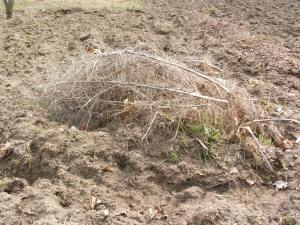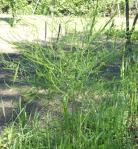You will also need a large "Canner" or large stock pot used for sealing the jars after they have been filled with garden produce. Above you will see two pictures of my old rusty "Water Bath Canner." There is also a "Pressure Canner" but we will be discussing that in another post. Most of the canning that I do is sealed in my "water bath Canner."
There have been a few times when I used a large stock pot as my Water Bath Canner because I either didn't have my Water Bath Canner with me or I just needed some extra space. If you use a large stock pot in place of a Canner you MUST have something on the bottom to prevent the glass jars from coming in direct contact with the pot as that will cause the jars to crack or shatter. In the past I have used a round baking cooling rack that fit perfectly into one of my large stock pots and that worked just fine.
There have been a few times when I used a large stock pot as my Water Bath Canner because I either didn't have my Water Bath Canner with me or I just needed some extra space. If you use a large stock pot in place of a Canner you MUST have something on the bottom to prevent the glass jars from coming in direct contact with the pot as that will cause the jars to crack or shatter. In the past I have used a round baking cooling rack that fit perfectly into one of my large stock pots and that worked just fine.












